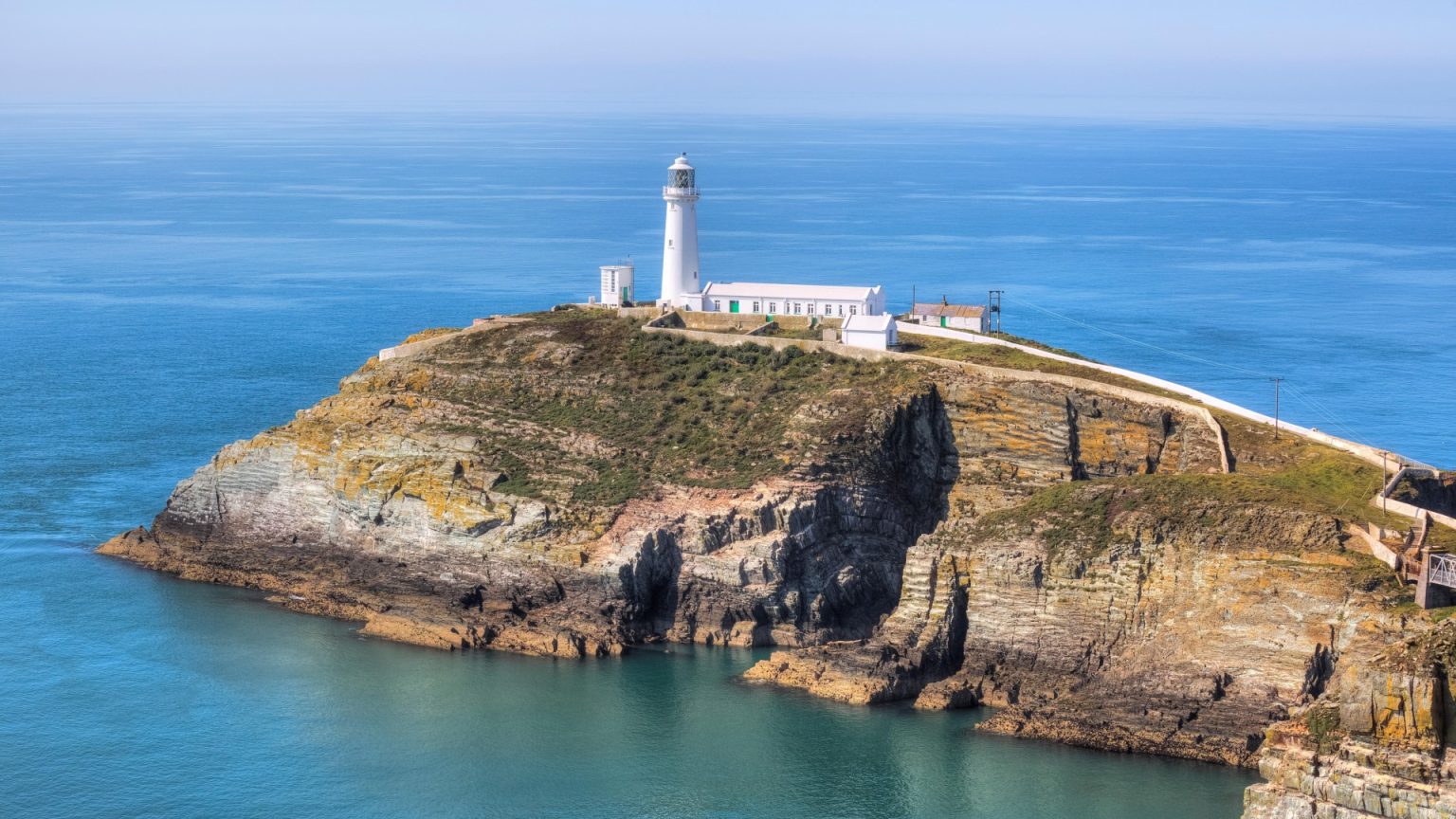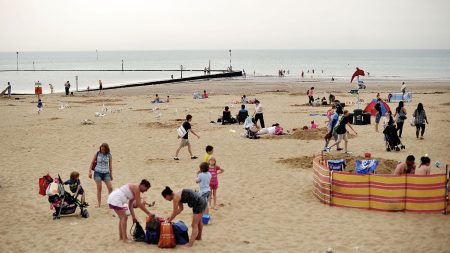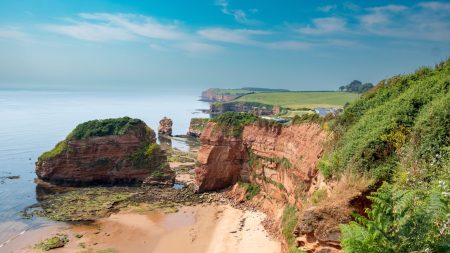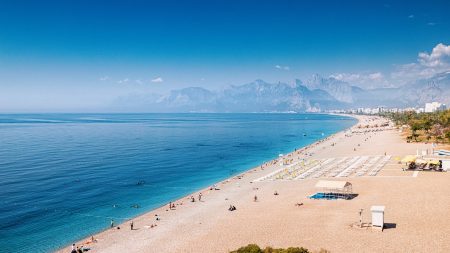A substantial £250 million holiday park project is poised to transform Holy Island, a picturesque isle nestled off the western coast of Anglesey, Wales. Overlooking Dublin and dotted with historic lighthouses, Holy Island is set to become a premier holiday destination with the development of this expansive 200-acre site, currently known as Penros. Acquired by Seventy Ninth Group from Land & Lakes, the ambitious undertaking promises a significant economic boost for the region. The comprehensive plan encompasses the construction of 492 premium holiday lodges, complemented by a range of amenities including a restaurant, swimming pool, spa, and gym. Further enhancing the appeal, sports facilities such as cricket and football pitches and outdoor tennis courts will be available, not only for holidaymakers but also for the benefit of the local community. While the entire project is anticipated to take five years to complete, the initial phase of lodge openings is scheduled to coincide with the upcoming school summer holidays.
The substantial investment by Seventy Ninth Group underscores the potential of this venture. Local authorities have welcomed the project, emphasizing the importance of a sensitive and inclusive approach. Anglesey Council Leader and Economic Development portfolio holder, Councillor Gary Pritchard, highlighted the project’s potential to stimulate local employment and supply chain opportunities, while also promoting sustainability and safeguarding the Welsh language. The collaborative effort between the developers and the council aims to ensure the project’s alignment with the region’s economic and cultural priorities. While pricing details and the official opening date remain undisclosed, the scale and scope of the development suggest a significant addition to Wales’ tourism offerings.
Holy Island already boasts several compelling attractions, making it a desirable location for this ambitious holiday park. The iconic South Stack Lighthouse, a testament to 19th-century engineering, beckons visitors to descend 400 steps down a steep cliff for a closer look. Nature enthusiasts can explore the South Stack Cliffs Nature Reserve, a haven for diverse bird species including Guillemots, Razorbills, and Puffins. Ellin’s Tower, a striking Victorian structure within the reserve, offers panoramic views of the lighthouse and surrounding landscape. Holy Island also forms a part of the scenic Wales Coast Path, which originates at St Cybi’s Church in Holyhead, further enhancing its appeal for walkers and hikers. Situated a convenient 90-minute drive from Chester, Holy Island offers accessible beauty for visitors from across the region.
This development on Holy Island reflects a broader trend of increasing interest in domestic tourism, or “staycations.” As the cost of international travel rises, many individuals and families are opting to explore the hidden gems within their own countries. The UK, in particular, offers a wealth of lesser-known islands that provide unique and often more affordable holiday experiences. Caldey Island, off the coast of Tenby in Pembrokeshire, offers a glimpse into monastic life, with its grand monastery and welcoming atmosphere (excluding Sundays). Foulness Island, in Essex, allows visitors a chance to experience a close-knit island community, albeit with a required registration process. Cramond Island, near Edinburgh, presents a poignant reminder of World War II history, with its preserved wartime fortifications.
The Holy Island holiday park project is not the only large-scale development in the UK’s leisure and tourism sector. Center Parcs has also announced plans for a £400 million resort, featuring 700 lodges and an indoor waterpark, further demonstrating the growing investment in domestic holiday destinations. These developments are in part a response to the increasing preference for staycations, driven by both economic factors and a renewed appreciation for local attractions. The contrast between the cost of a UK half-term break and a similar experience in a European resort highlights the potential savings offered by domestic holidays.
In conclusion, the £250 million holiday park development on Holy Island promises a significant contribution to the Welsh tourism landscape. The project’s comprehensive plan, encompassing premium accommodation, diverse amenities, and community access to sports facilities, signifies a commitment to creating a holistic and sustainable tourism destination. By capitalizing on Holy Island’s existing natural and historical attractions, the developers aim to establish a premier holiday park that caters to a wide range of interests. This development, alongside others like the proposed Center Parcs resort, exemplifies the growing trend of investment in UK staycations, driven by both economic considerations and a desire to explore the often-overlooked treasures within the country’s borders. As the project progresses, its long-term impact on the local economy, environment, and cultural heritage will be closely observed, offering valuable insights into the evolving landscape of domestic tourism.











